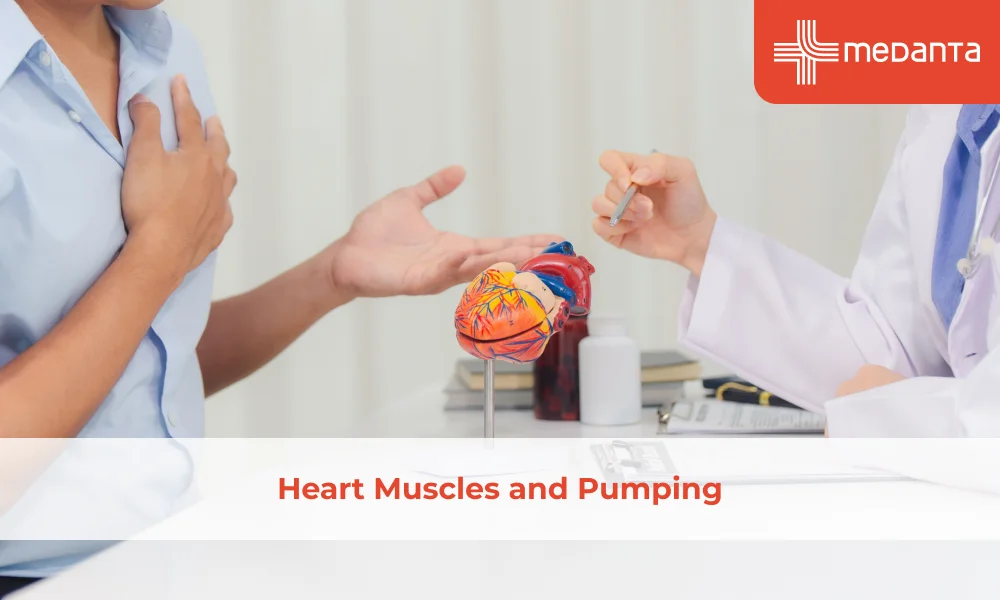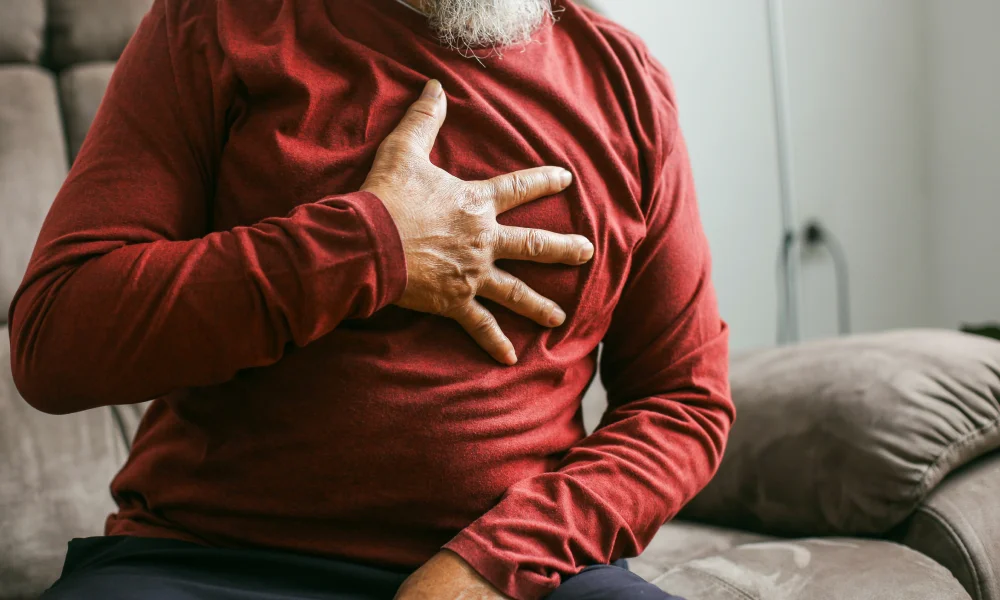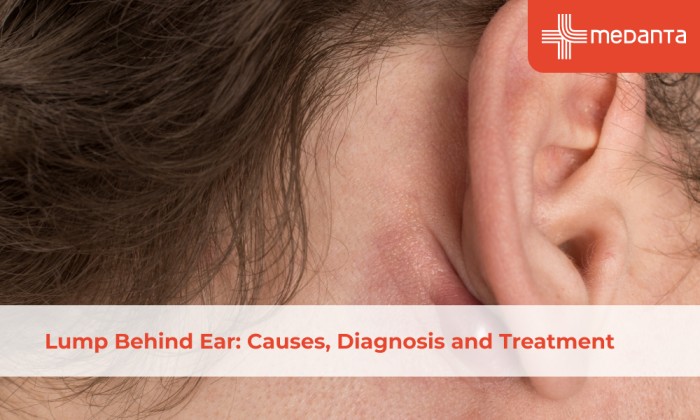Heart Muscles and Pumping

TABLE OF CONTENTS
What are heart muscles?
The heart wall is composed of heart muscles or the myocardium between an inner layer called the endocardium and an outer layer called the epicardium. The endocardium forms the inner walls and the heart valves. The muscle fibres are arranged differently between these layers, turning almost 90 degrees between the endocardium and the epicardium. This allows them to contract and reduce the volume of the cavity with a twisting motion similar to drying a cloth by wringing.
Contraction of the heart requires a constant and continuous supply of energy. Blood supply to the heart muscles happens from a separate branch of the aorta called the coronary vessels. The blood vessels are situated near the epicardial layer.
What are the types of heart muscles?
Heart muscle cells divide into two types and serve two significant functions - contracting and ensuring the contraction is in sync. The contracting fibres are the cardiac muscles, and the coordinating cells are called conducting cells. The conducting cells act as a pacemaker and set the pace and force of the heart’s contractions. The arrangement of the conducting cells also makes the heart cavities contract at the right timing, and order, so that the flow is maintained.
In between the heart muscle tissue, there are also cardiac fibroblasts. They function as a scaffolding for the tissue to base itself on. These fibroblasts are also responsible for tissue scarring when the muscle fibres die from events like a heart attack.

Do heart muscles get replaced?
Usually, only a percentage of the cells in your heart get replaced in your lifetime. As a result, you generally live with the same heart muscle fibres you were born with. They, however, increase in size and capacity with age and training.
Why do heart muscles not get tired?
Unlike the muscles in your body, the heart muscles can contract on their own and utilise energy better and more efficiently. This is because they have as many as ten times the mitochondria (the part that uses oxygen to give energy) as normal muscle cells, enabling them to extract and utilise oxygen much better. They also have an enhanced blood supply and are better at extracting oxygen from the blood. However, the most important factor is that the heart muscle is flexible in terms of fuel. It can burn glucose, free fatty acids, and lactate.
What is ischemic heart disease?
Ischemic heart disease, coronary artery disease, coronary heart disease, or myocardial ischemia as it is commonly called, happens when the heart muscles start receiving reduced oxygen due to a reduction in blood flow - usually from blood vessels supplying the heart developing plaques or being blocked by clots.
The oxygen consumption by the cells varies with the rate, tension, and force of contraction. When the oxygen supply is already reduced, activities such as exercise or even increased heart rate from an emotional reaction can push the consumption of oxygen above supply leading to the muscle cells in the heart being oxygen starved. This is the most common cause of chest pain from heart conditions, also known as angina.
Oxygen supply blocked completely, the cells start to die. This is irreversible. After about 30 minutes, variable amount of heart muscles die permanently, and the cells will eventually get replaced by scar tissue produced by the cardiac fibroblasts, leading to a permanently poorly functioning heart.
What is heart failure?
Heart failure is when the heart muscles cannot pump blood as well as they should. This can cause blood to back up and fluid to accumulate in the lungs in left-sided failure and the body tissues in right-sided failure. This is called congestive heart failure. Heart failure can also affect the ability of the kidney to dispose of waste and clear water and sodium.



